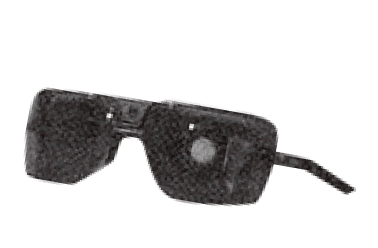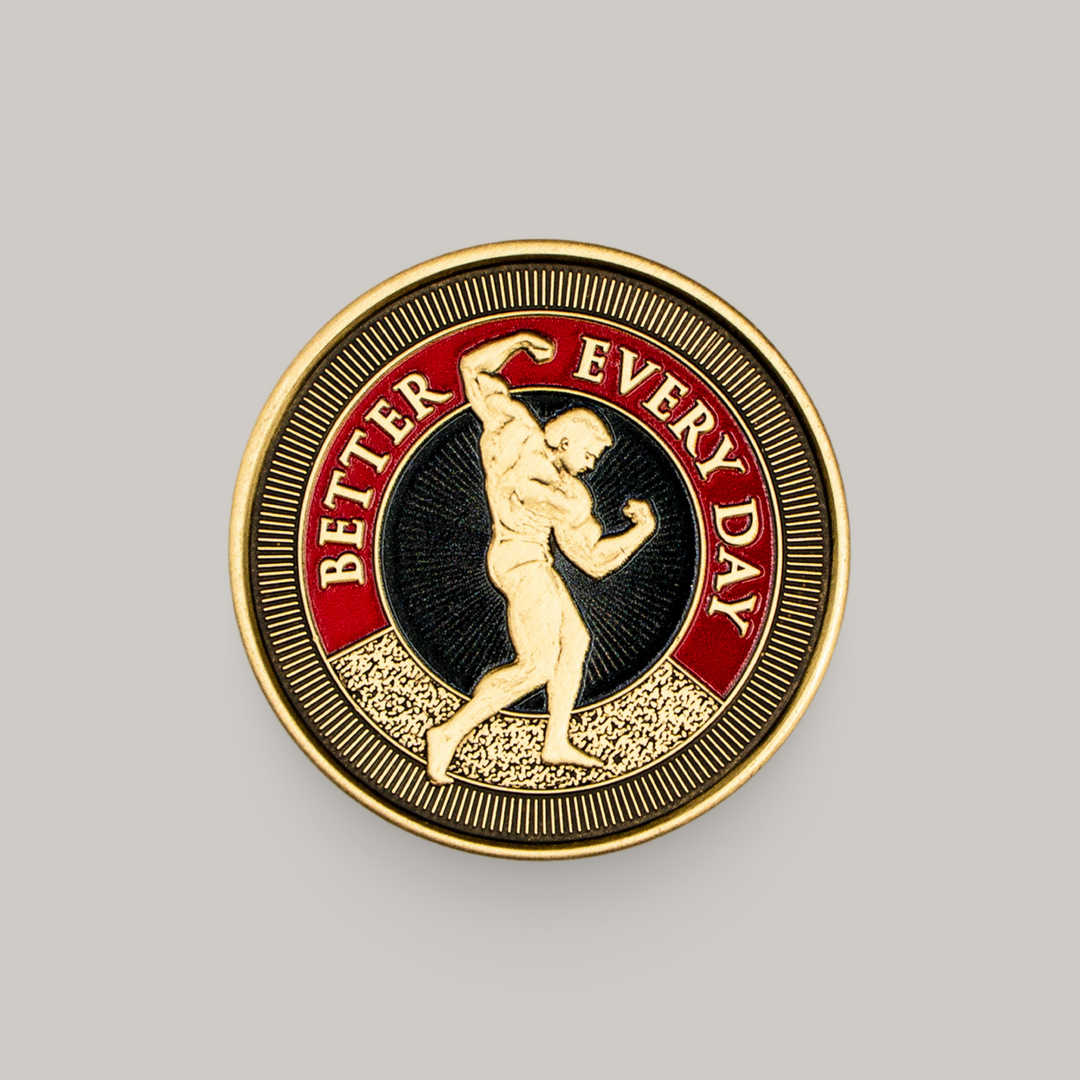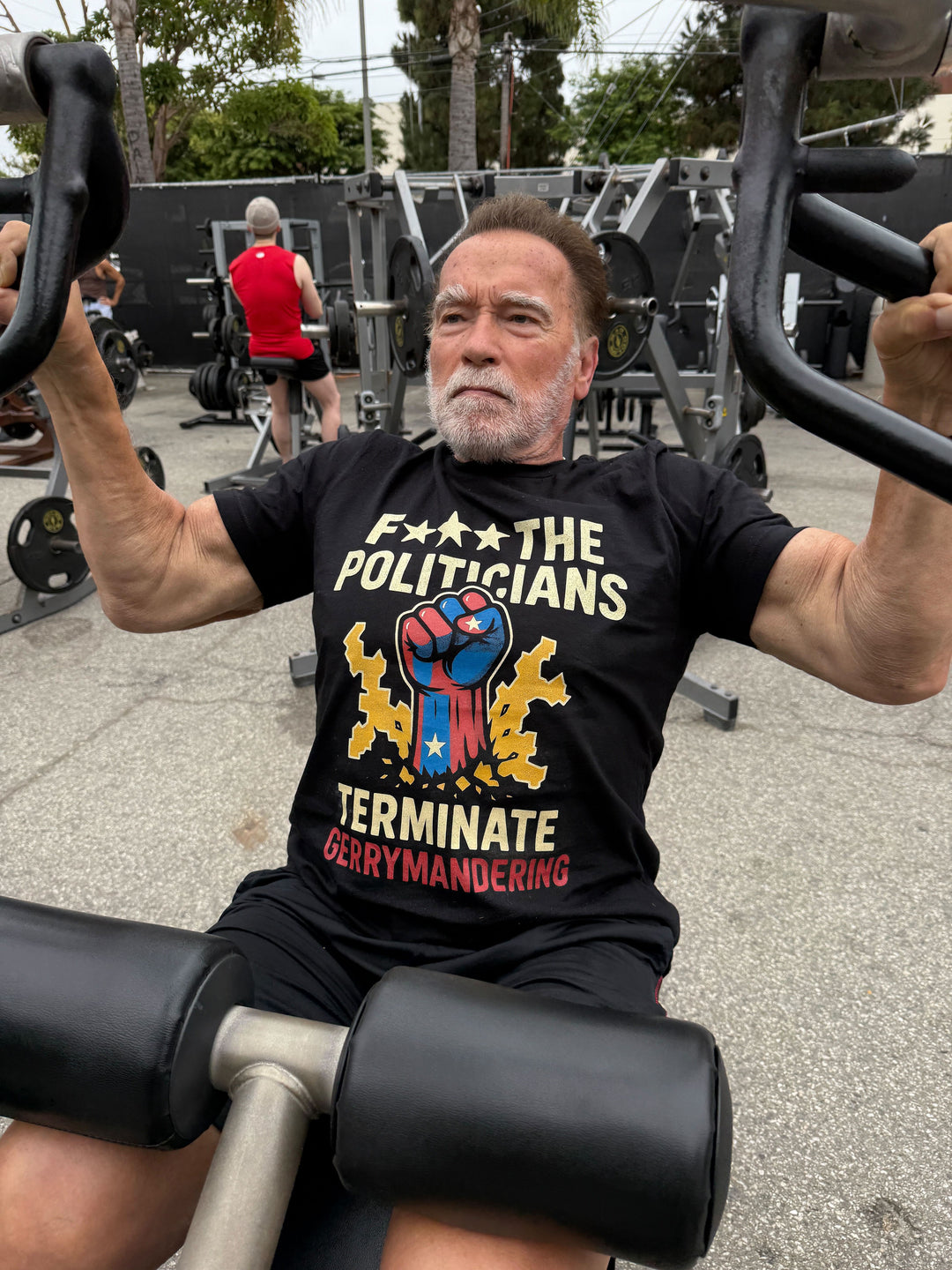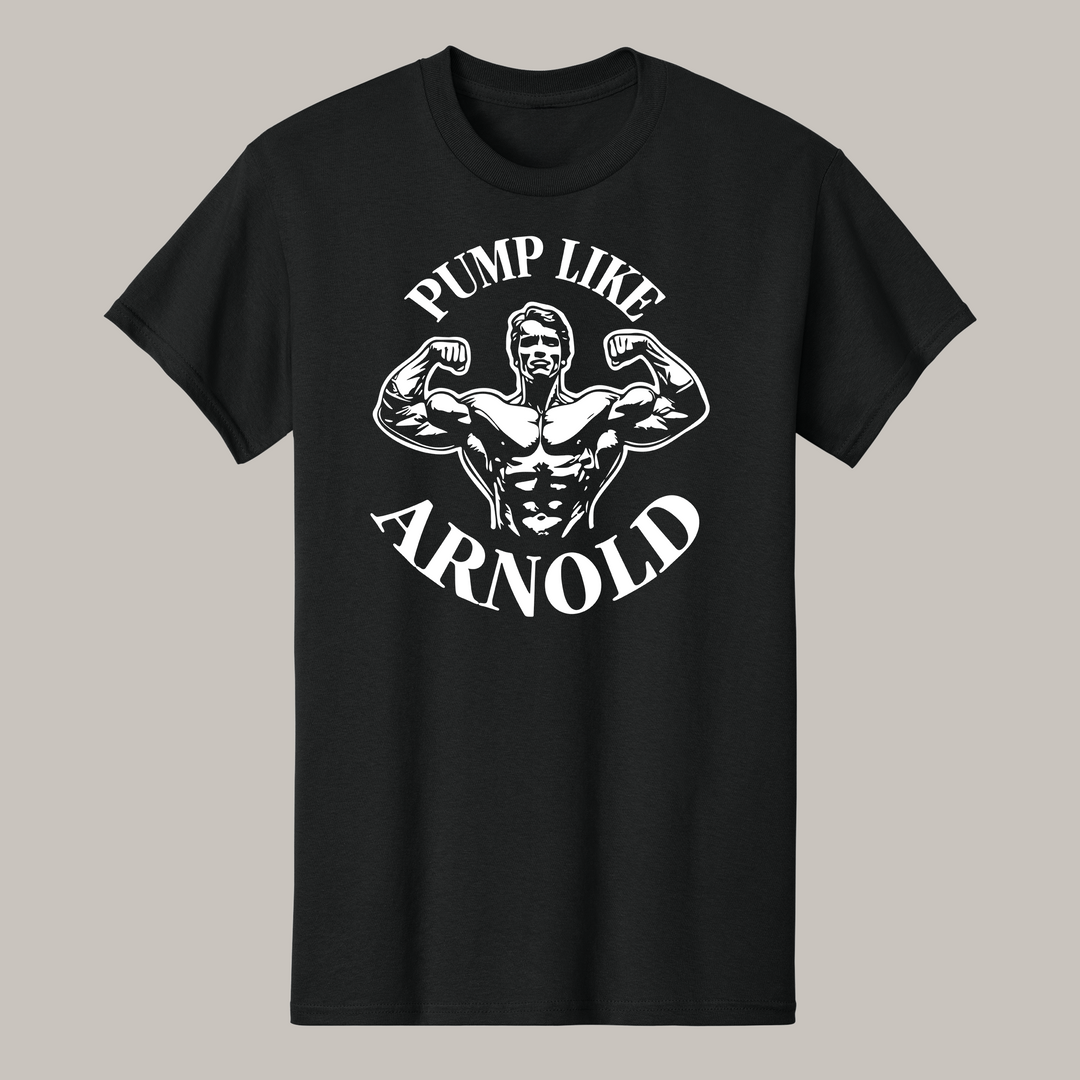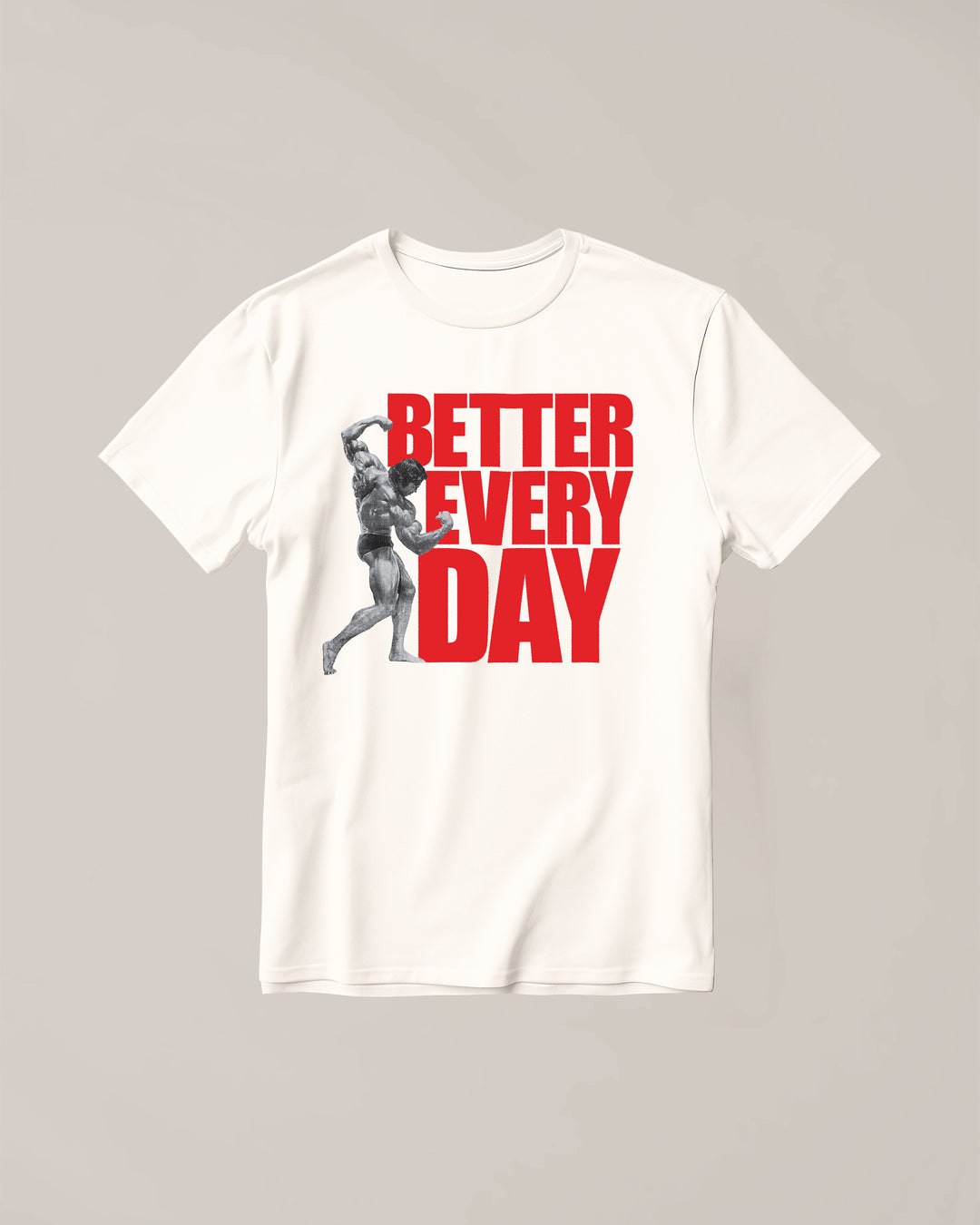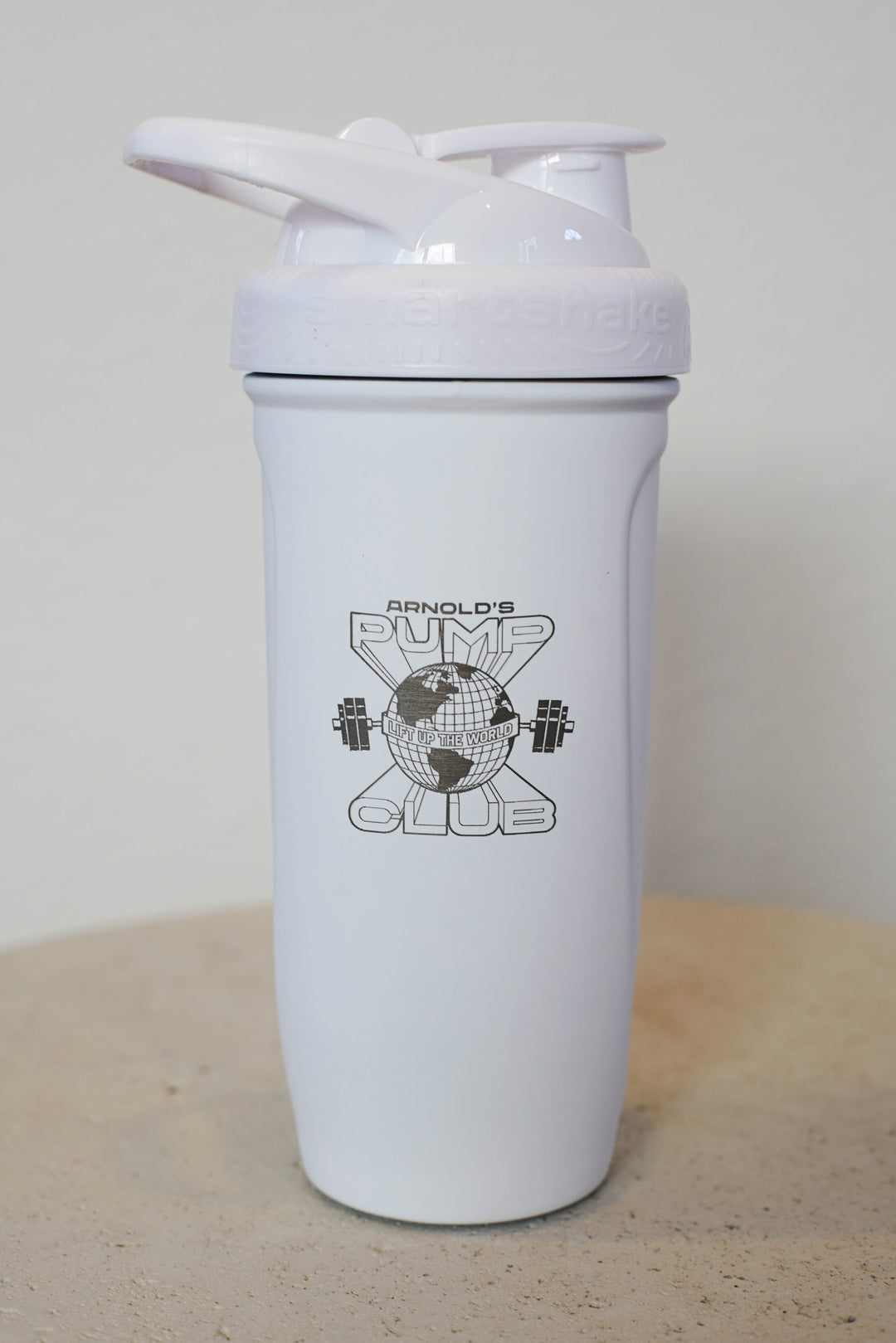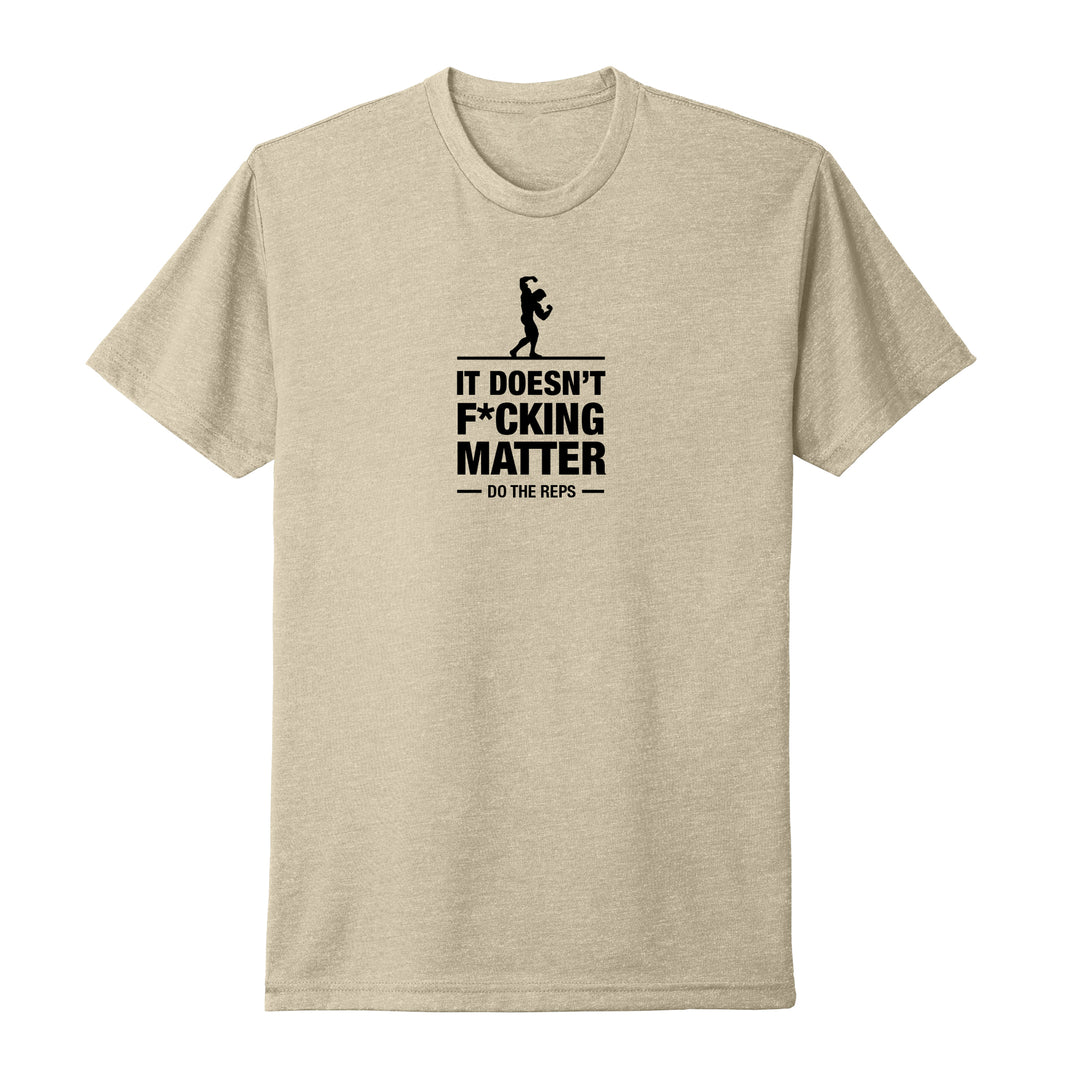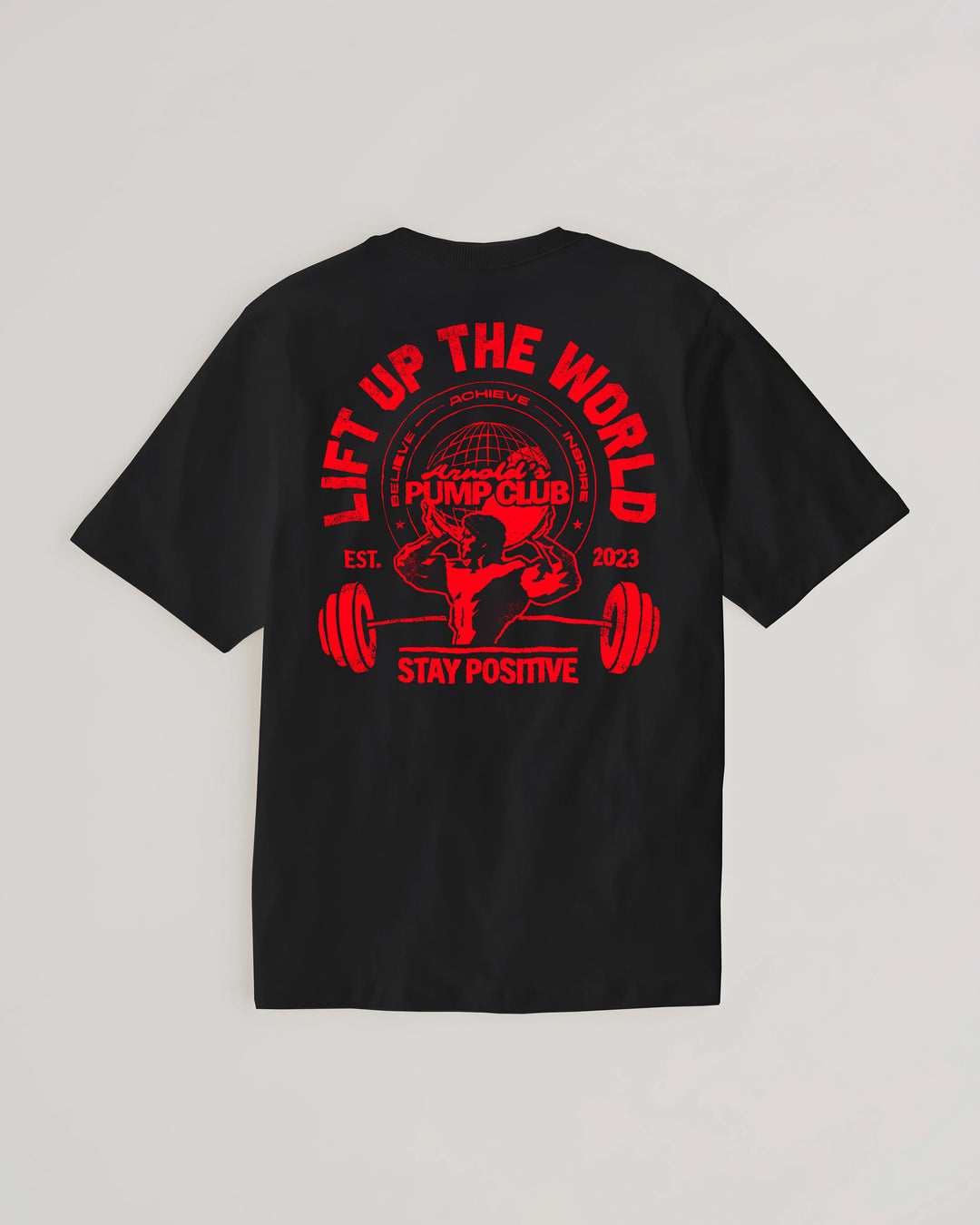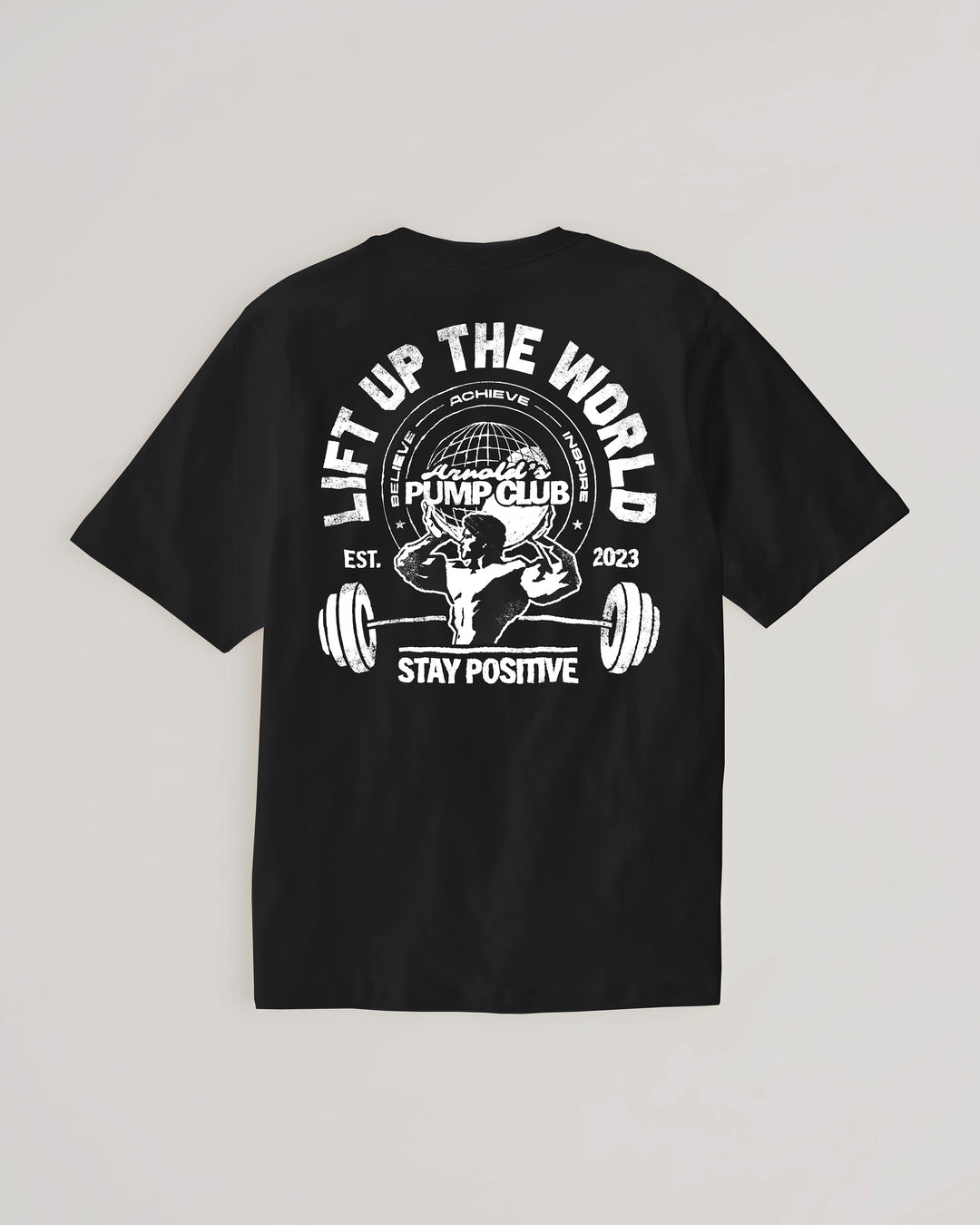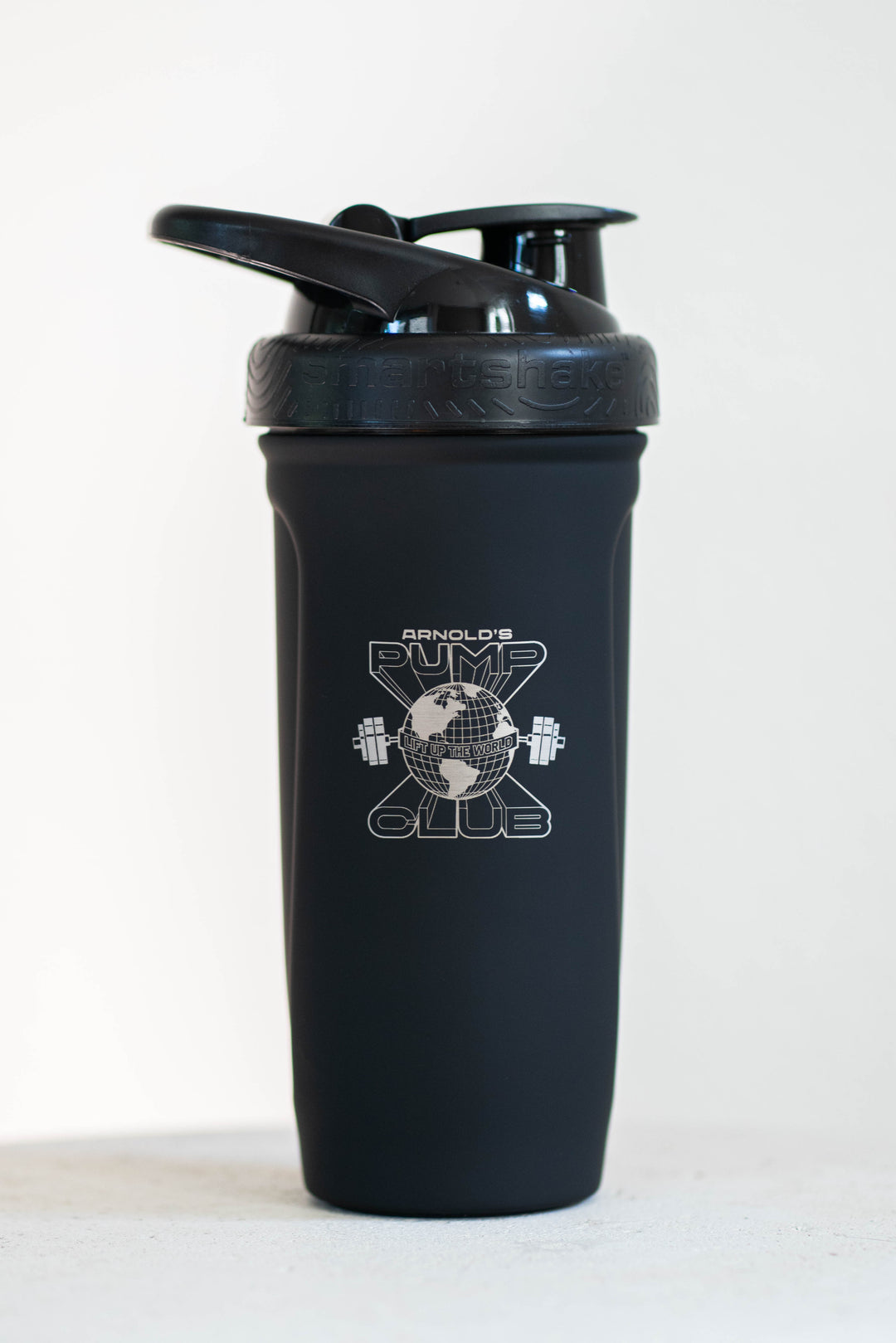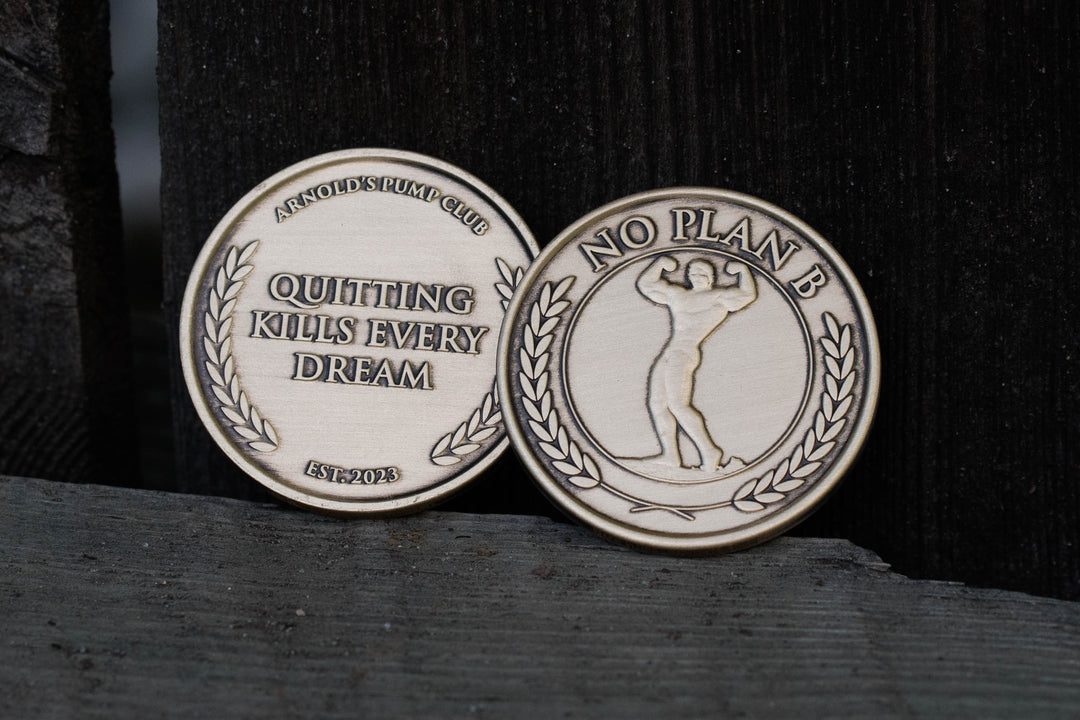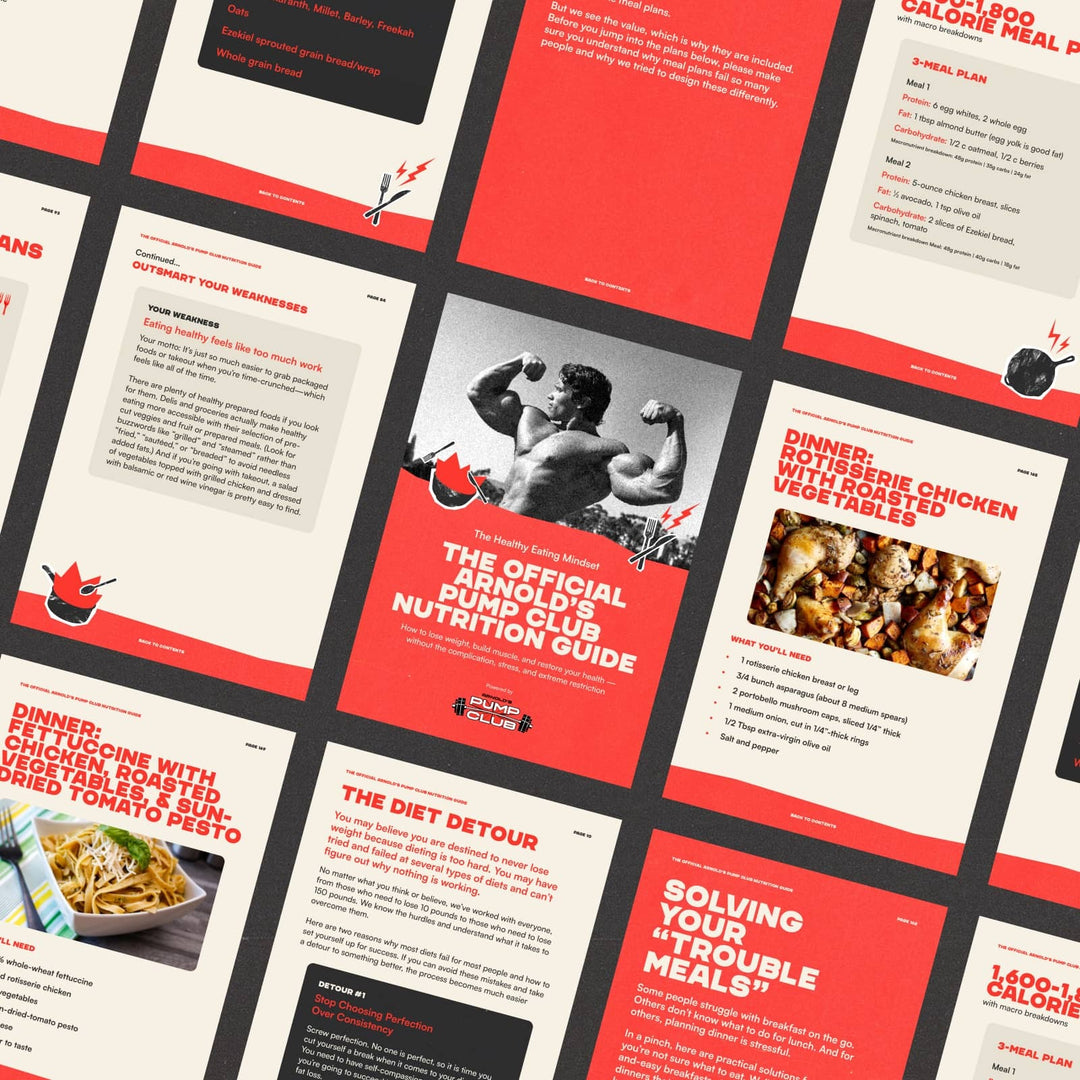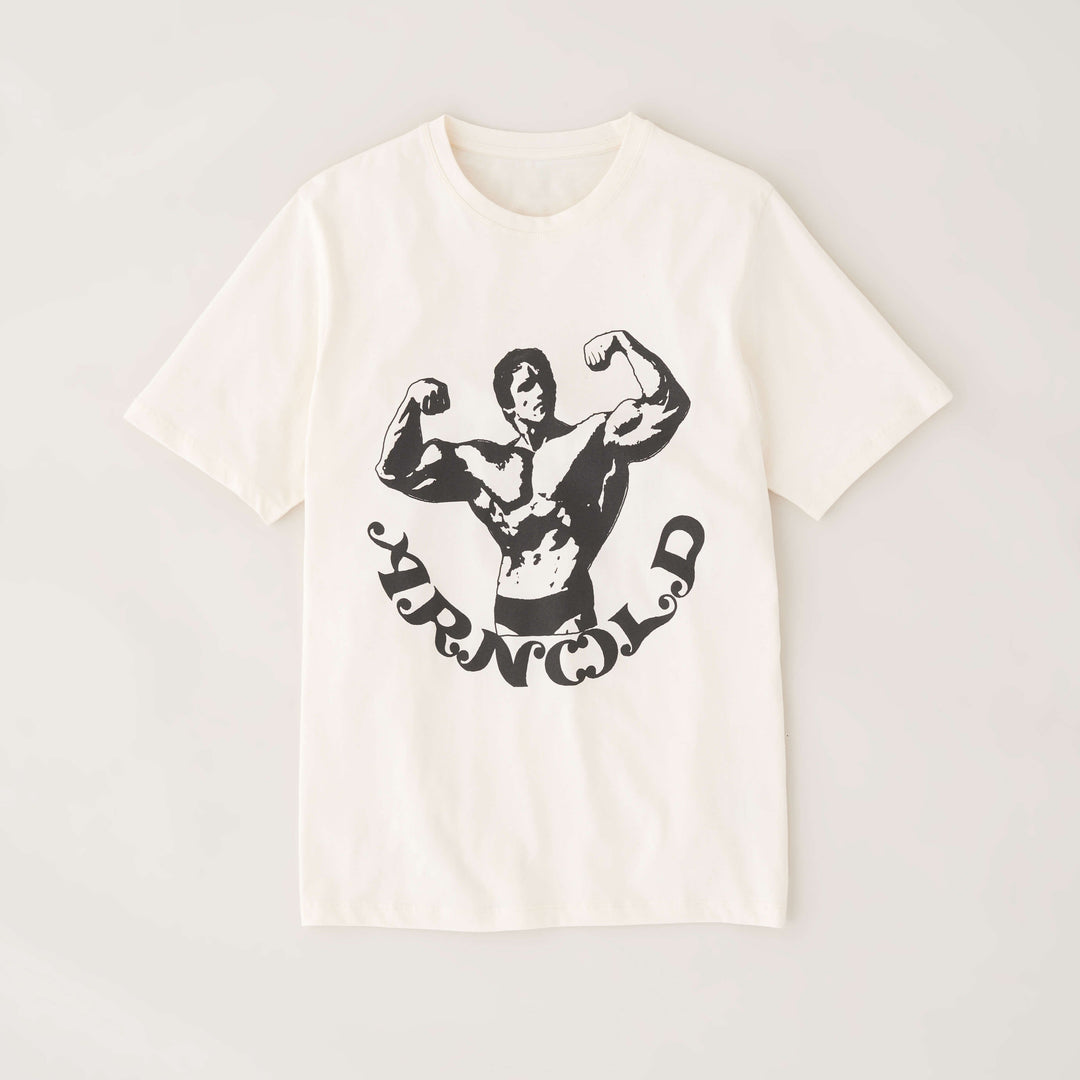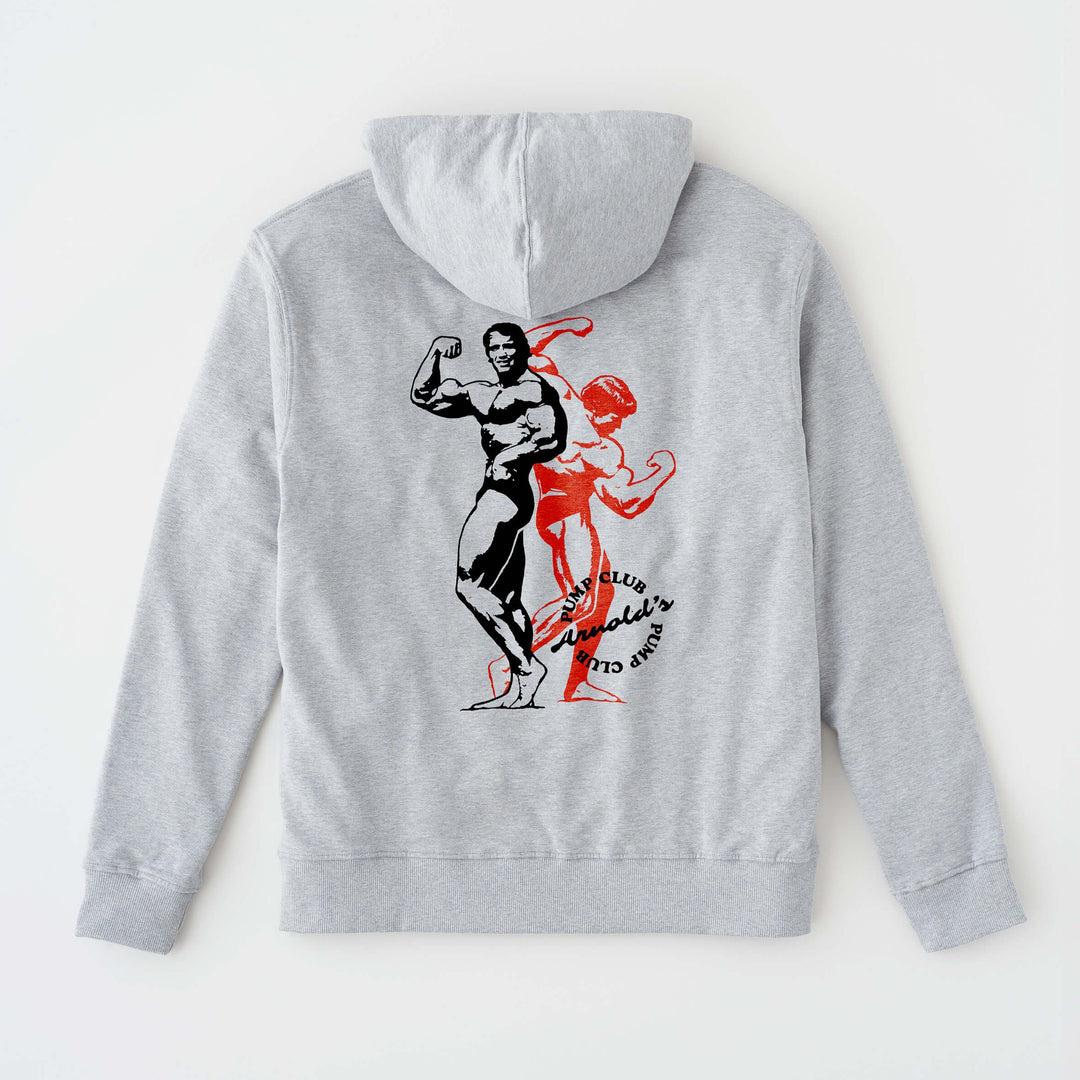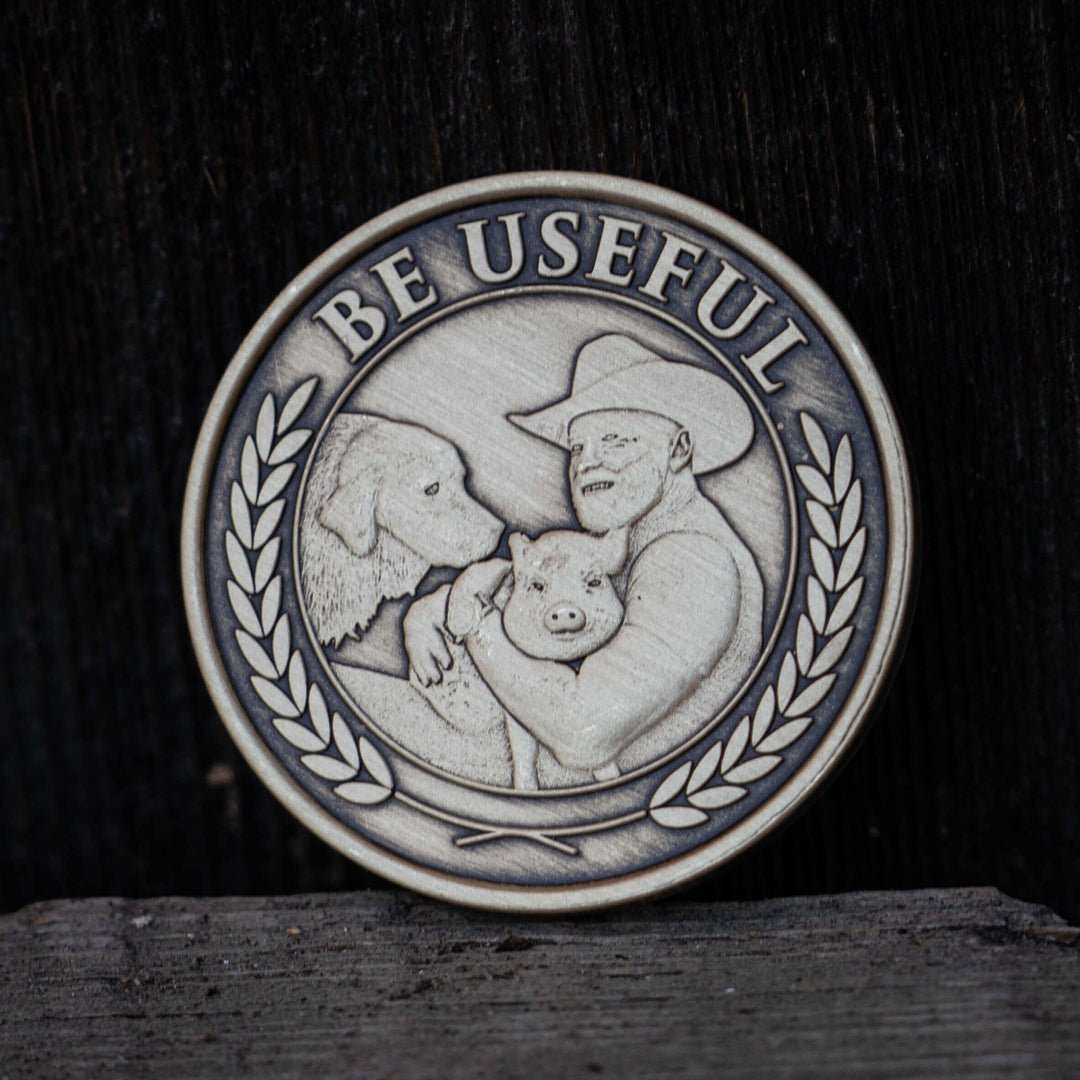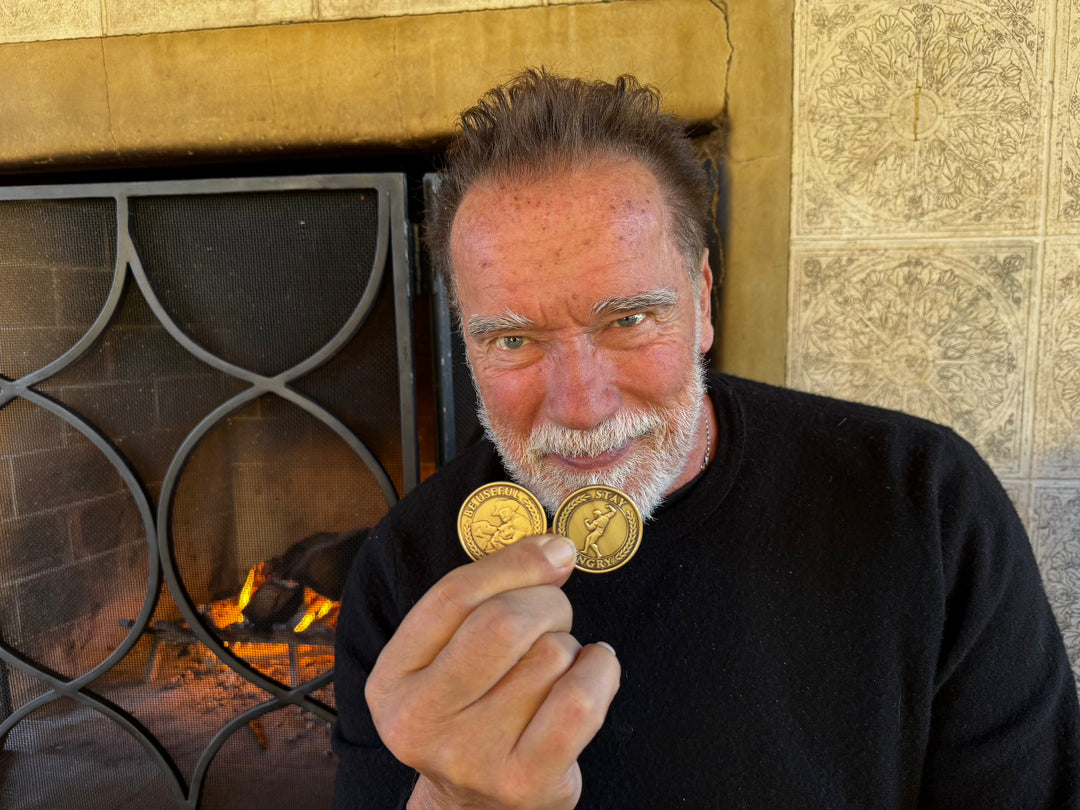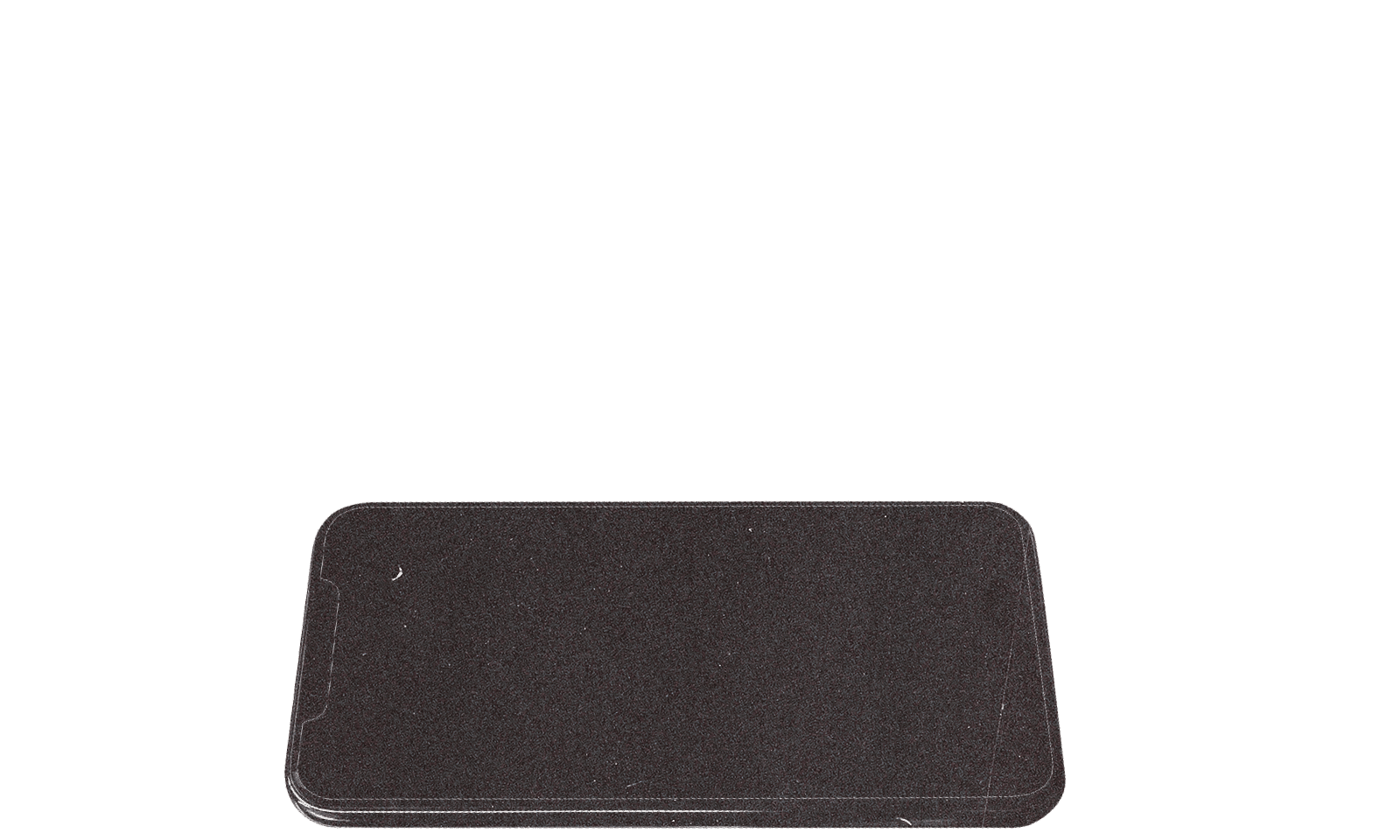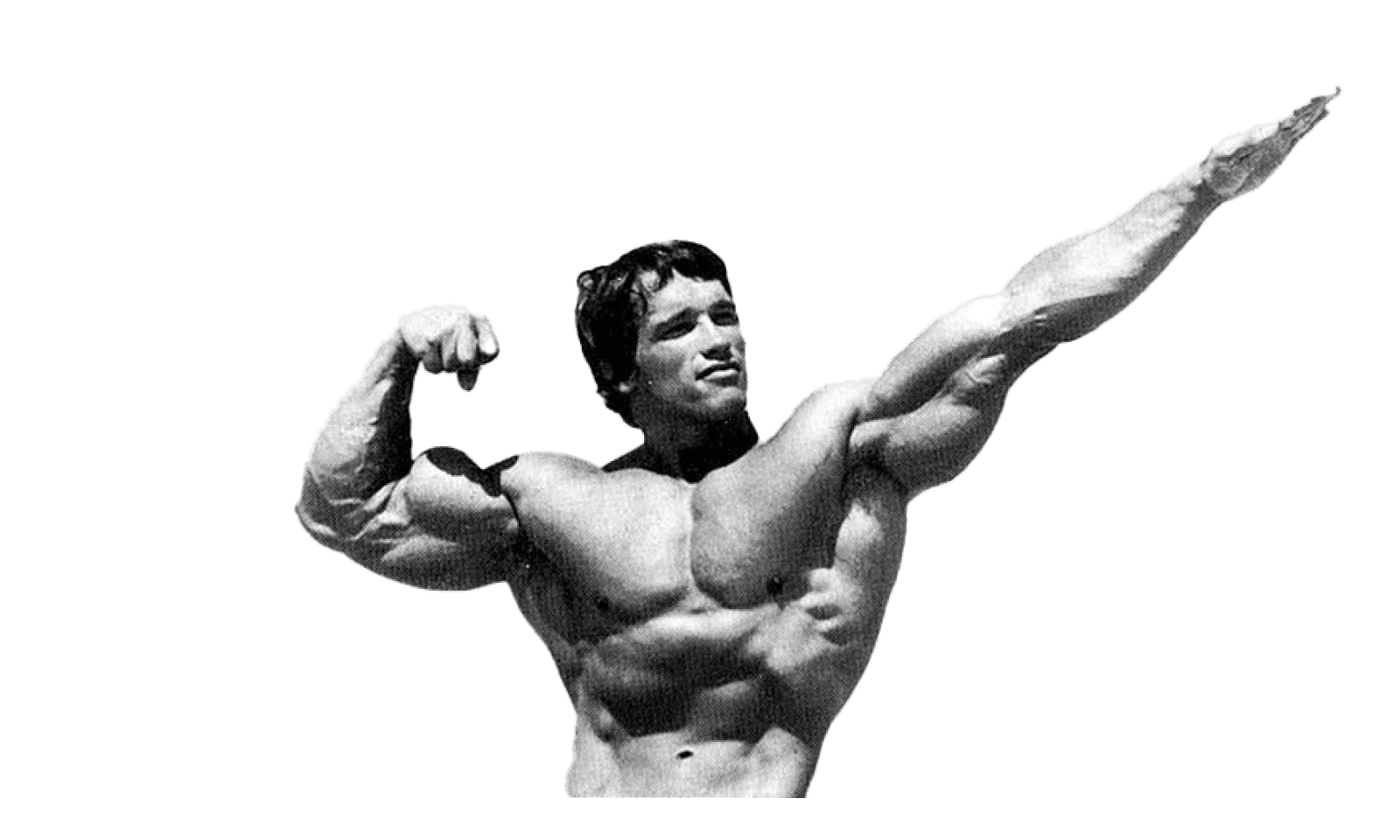Together With NOBULL
Somewhere along the way, we decided movement needed to hurt to matter.
Don’t get us wrong. We love a challenging workout. And intensity is great, but that doesn’t mean less intense exercise doesn’t also deliver. That message got lost and was replaced by the idea that, to achieve extreme results, you must live on a diet of extreme workouts.
Walking? That was for recovery days or for people who “weren’t serious.”
But economists ran an experiment in imagination that is worth your attention if you care about your health and your wealth. It hints at just how much you leave on the table if you overlook the “easy exercise.”
The question: What if every office worker simply walked 15 minutes more each day?
Using data from more than 120,000 people in seven countries, researchers modeled what would happen if that tiny change rippled through society.
Their conclusion: the global economy would grow by $100 billion a year if people walked an extra 15 minutes per day.
It turns out that walking doesn’t just add years to your life; it adds life to your years and value to the world around you.
And that’s just the tip of the iceberg.
The Hidden Engine of Longevity
The idea that you need 10,000 steps a day began as a marketing slogan, not a medical guideline. The science says otherwise.
A 2025 meta-analysis reviewing 57 studies and more than 100,000 participants found that people averaging 7,000 steps per day had a 47 percent lower risk of cardiovascular death and a 37 percent lower risk of cancer mortality than those taking 2,000 steps.
Even modest movement mattered: going from 2,000 to 4,000 steps cut the risk of early death by 36 percent.
You don’t need a wearable to verify what your body already knows. Walking turns on the machinery that modern life turns off: improved blood flow, lower inflammation, steadier hormones, and a stronger heart.
And the benefits stack. A long-term study of adults aged 40 to 85 found that those who reached roughly 8,800 steps per day lived 2 to 5 years longer than their less active peers.
Every thousand steps adds protection; the curve only flattens around 9,000.
But it suggests longevity isn’t just a genetic lottery (yes, genetics do matter), but it’s an accumulation of short walks.
Your Brain on Two Feet
We all have those days when our brains feel like dial-up connections. But you can tap into warp-speed connectivity by getting up and leaving your desk.
When psychologist Marilyn Oppezzo asked students to take a 30-minute walk before brainstorming, their creativity scores jumped 60 percent.
The reason shows up in brain imaging: walking increases blood flow to the hippocampus and prefrontal cortex, areas that control memory and problem-solving.
A new study took it further. After volunteers learned a list of words, those who exercised afterward remembered significantly more hours later than those who exercised before learning.
The act of moving after mental effort appears to “seal” new information into long-term memory.
So if you want to learn faster or recall more, finish your reading, then walk.
And leave your phone behind: research found that scrolling while walking erases the usual mood boost and even lowers heart-rate variability, a marker of resilience.
The lesson: The best walks happen when nothing distracts you — not your phone, not your feet. So make sure you have the right walking shoes. We’ll discuss more later, but too many walks are cut short because you don’t give your feet what they need.
Walking shoes should be built for movement you don’t have to think about: lightweight, breathable, and stable enough for both your slow strolls and your brisk brainstormers.
Metabolic Magic: The Walk That Heals from the Inside Out
If walking only improved your mood, it would already be worth it. But its effects run much deeper.
In a 12-week randomized trial, older adults with metabolic syndrome who added a simple 30-minute daily treadmill walk (and changed nothing else) saw remarkable results, including:
Liver enzymes fell 40 percent (a sign of healing).
Blood sugar dropped 17 percent.
Blood pressure decreased 10 percent.
VO₂ max rose 16 percent.
Abdominal fat shrank 5 percent.
A walk isn’t cardio light; it’s metabolic medicine. By improving insulin sensitivity and fat metabolism, it helps prevent and even reverse early fatty-liver disease, one of the fastest-growing causes of premature death worldwide.
The same pattern shows up with diabetes. A review of 10 cohort studies covering 500,000 people found that those who walked faster (about 4 miles per hour) had a 39 percent lower risk of developing type 2 diabetes.
And here’s the surprise: the duration of walking didn’t matter nearly as much as the pace. Intensity, not mileage, delivered the biggest payoff.
Again, this isn’t a sprint. It’s just pushing the pace to what many would consider “Zone 2” cardio, where you can still maintain a conversation, but you’re a little more out of breath.
The Two-Minute Rule
Now, we realize that many of you might be thinking, “When am I supposed to find this time to walk?
Even with the best intentions, many of us sit most of the day. But new data show that micro-movements can offset the damage.
Researchers at the University of Texas asked office workers to stand or walk for two minutes every half hour.
Within two weeks, those who took the two-minute walking test found that their muscles became more efficient at absorbing amino acids, the raw material for repair and energy.
In other words, even 2 minutes can support better metabolism, better blood sugar control, and potentially better body composition, all from a few short laps between meetings.
Try setting a reminder: every 30 to 60 minutes, stand, stretch, or walk to refill your water. It’s not wasted time; it’s reclaimed health.
The Outdoor Advantage
An indoor walk is great. But when you step outside, the benefits multiply.
A meta-analysis of 26 studies found that exercising in nature reduced anxiety and depression significantly more than the same activity indoors.
And it’s not just because of the scenery. Uneven ground forces your body to adjust, activating stabilizer muscles and burning more calories.
Your brain also works harder, solving a constant puzzle of balance and navigation, which researchers at the University of Southern California believe helps slow cognitive aging.
Arnold often says his morning chores are therapy. He’s not wrong: outdoor movement drops cortisol and raises dopamine, the biological recipe for hope.
It’s just one more reason to make sure you select the proper footwear (like this pair) that provides traction on gravel, comfort on concrete, and style that transitions from work to weekend. Because the right gear shouldn’t remind you you’re exercising; it should disappear while you move.
A Walk Through Time (and Toward Tomorrow)
The ancients knew what you’re rediscovering now.
Aristotle lectured while walking.
Nietzsche claimed, “all truly great thoughts are conceived while walking.”
Today, scientists can finally explain why.
Movement synchronizes your body’s rhythms — heart rate, breath, gait — and that rhythmic coherence helps regulate emotion and focus.
It’s no coincidence that the same 150 minutes of weekly walking linked to longer life also aligns with sharper executive function and lower rates of depression.
If you did nothing else for your health this year but make that a non-negotiable ritual, the data say you’d live longer, think clearer, and feel calmer.
So if you’ve been waiting for a moment to boost your health, it’s time to stop. Just lace up your shoes and get moving. It’s truly the easiest thing you can do, and the benefits will be felt from head to toe when you do it consistently.
How to Build Your Walking Habit
We know that change is hard, so here’s how to make it a little simpler and more automatic.
Anchor it to something you already do.
After your morning coffee, before lunch, or right after work. It’s called habit stacking, and it works.Add just one short walk.
Going from 2,000 to 4,000 steps a day can cut mortality risk by a third.Pick up the pace gradually.
Aim for a “brisk but talkable” speed, around 100 steps per minute.Go outdoors when you can.
Sunlight regulates circadian rhythm and vitamin D production.Unplug.
Let your mind wander; that’s when insight happens.Invest in comfort.
Good shoes make consistency effortless because discomfort kills habits faster than lack of motivation.
Walking is the simplest act of rebellion against a world that keeps us sitting, scrolling, and speeding through our days.
It asks nothing but your attention and rewards you with almost everything: a healthier liver, steadier blood sugar, stronger memory, better mood, and longer life.
It’s the through-line connecting productivity, longevity, and joy. The smartest health move you can make isn’t a gadget or a new workout. It’s putting one foot in front of the other every day.
If you’re ready to make that commitment, start by making it easy. The NOBULL Allday is our everyday walking shoe of choice. These are designed for comfort, built for consistency, and proven for every step between your desk, your ideas, and your next destination.
How did we pick these shoes? A great walking shoe will support heel-to-toe motion and have grips that adapt to different terrain, whether on pavement or the trail. It’s a mix between keeping you grounded and stable, while also being comfortable enough to be in your shoes all day.
Science tells us what makes a shoe great for walking, and the Allday met the research-based standards. For two years, we tested many different training shoes on the market, and the Outwork was our favorite. Because of that trust, we put the Allday up to the walking test, and it checked all the boxes.
The Allday were engineered with lightweight Phylon® and EVA foam, which we found delivered the sweet spot between softness and stability, allowing you to absorb impact while returning energy with every step. Because when walking feels effortless, moving more becomes inevitable.
As an APC reader, get 40% OFF the Allday — or anything else NOBULL offers, including Outwork, our personal favorite lifting shoes — when you use the code “40OFFAPC.”
This special offer is valid for 48 hours only.
Consider it an exclusive bonus for being an APC subscriber, and an early Black Friday deal you won’t find anywhere else.
No matter what, find a way to sneak in more walking, and your health will thank you. Every step counts. Start getting a few more today.
—
Publisher: Arnold Schwarzenegger
Editors-in-chief: Adam Bornstein and Daniel Ketchell




